Northern Cruising
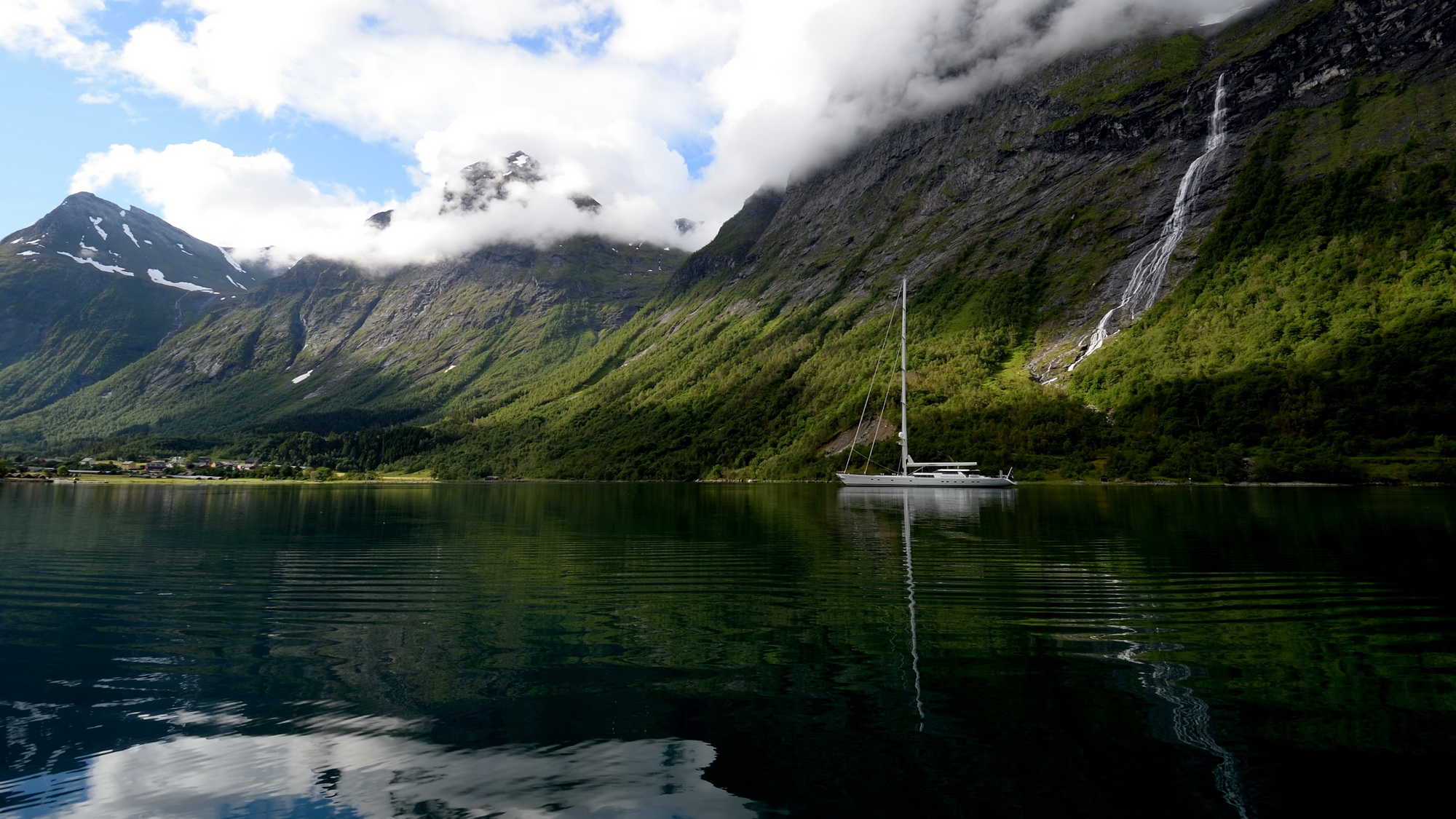
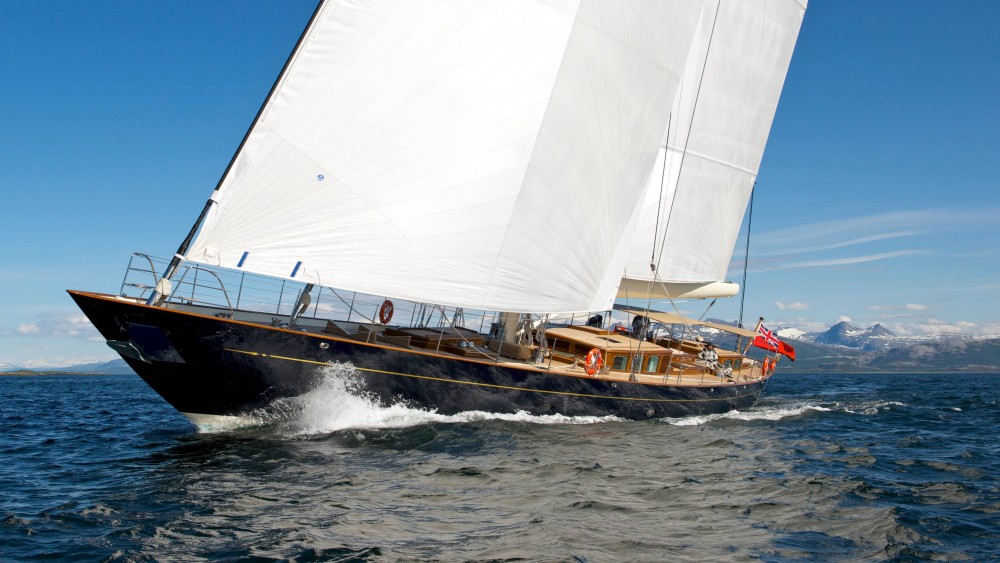
A HUISFIT AND A CHANGE OF SCENERY
A refit by Huisfit in Holland introduces an attractive new option to the cruising schedule. As a change from the Med and the Caribbean, the Baltic and Norwegian Seas as well as Scotland offer a fantastic diversity of deep water ports and cruising grounds, steeped in history and tradition, cloaked in natural beauty, basking in warm temperatures, steady winds and long hours of daylight.
All of this maritime magnificence is easily accessible from Holland's North Sea ports, offering the prospect of a very special integrated refit-and-cruise plan.

Few would contest that the Mediterranean is an easily accessible cruising paradise, replete with ancient city ports and cultures, wonderful food, great restaurants and bars and, of course, fine sailing. But that, in essence, is also the problem – it means that the Med becomes very crowded throughout the summer season. By contrast, Scandinavian waters are vast, diverse and, for the most part, very uncrowded.
Read moreThey provide not only a sense of adventure but give access to the coastal regions of Germany, Denmark, Sweden, Norway, Finland, Poland, Estonia, Latvia and Lithuania: a veritable smorgasbord. During the June – September cruising high season, winds are steady and moderate, temperatures are comfortably warm and daylight, famously, rules for the vast majority of a day.
There are myriad islands scattered around a multitude of archipelagos, hundreds of charming fishing and trading ports, colourful and historic buildings, friendly and hospitable people, deep waters and safe sailing. In terms of diversity, you can sail towards the Arctic Circle for resplendent nature and wildlife and to experience the awesome beauty of the Aurora Borealis; or to St Petersburg for architectural and cultural grandeur.
You can cruise the islands of Sweden, Denmark and Finland for every kind of local interest and especially for places of historical interest to seafarers. Perhaps the best known is Mariehamn in the Finnish Aland Islands. This was the home port of the last of the commercial square-riggers, Captain Gustav Erikson’s famous “Flying P” line. Erikson’s four-masted barque Pommern traded under sail until 1939 and now presides as a museum ship over a wonderful collection of historic vessels and boatbuilding sheds there.
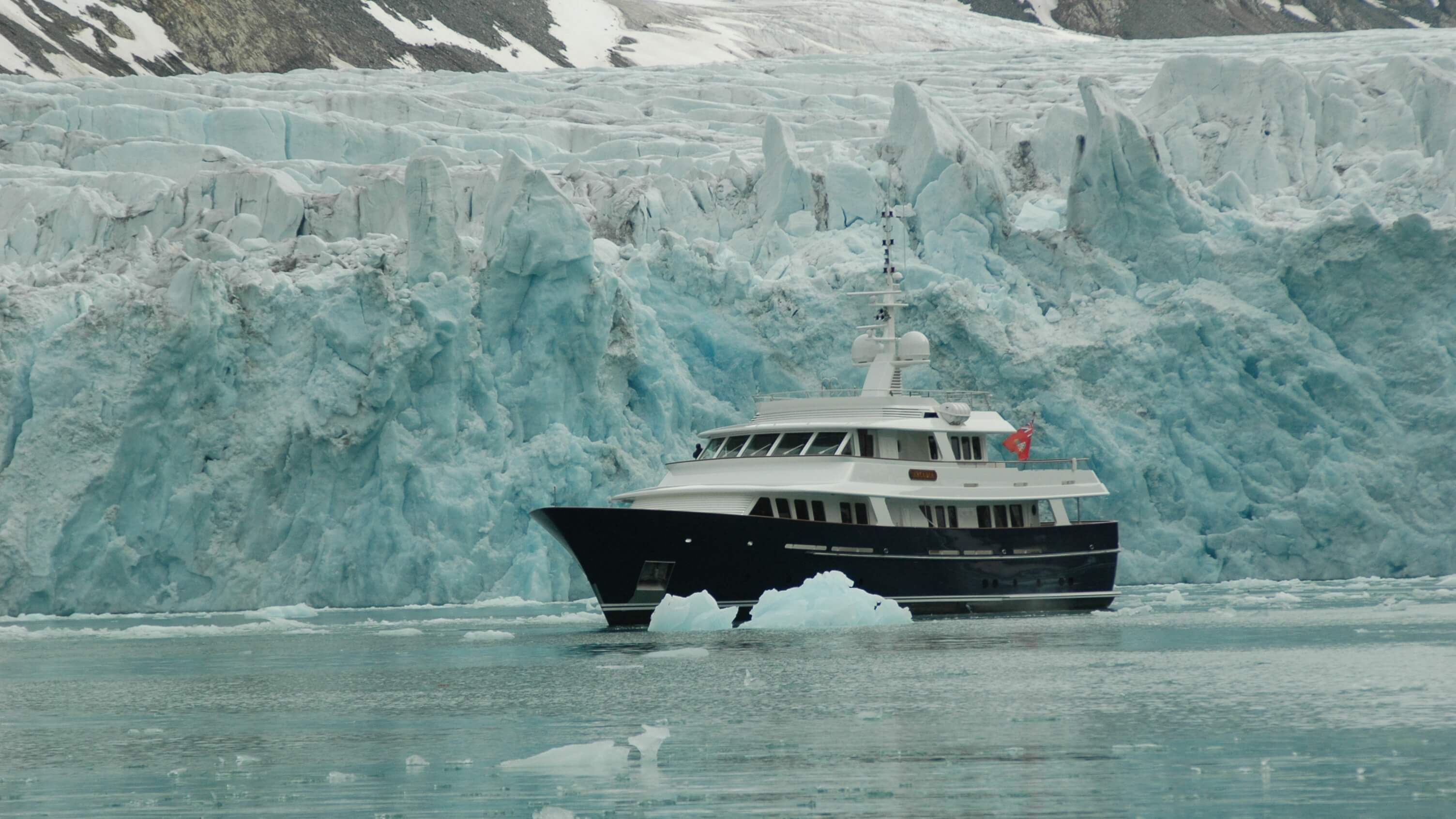
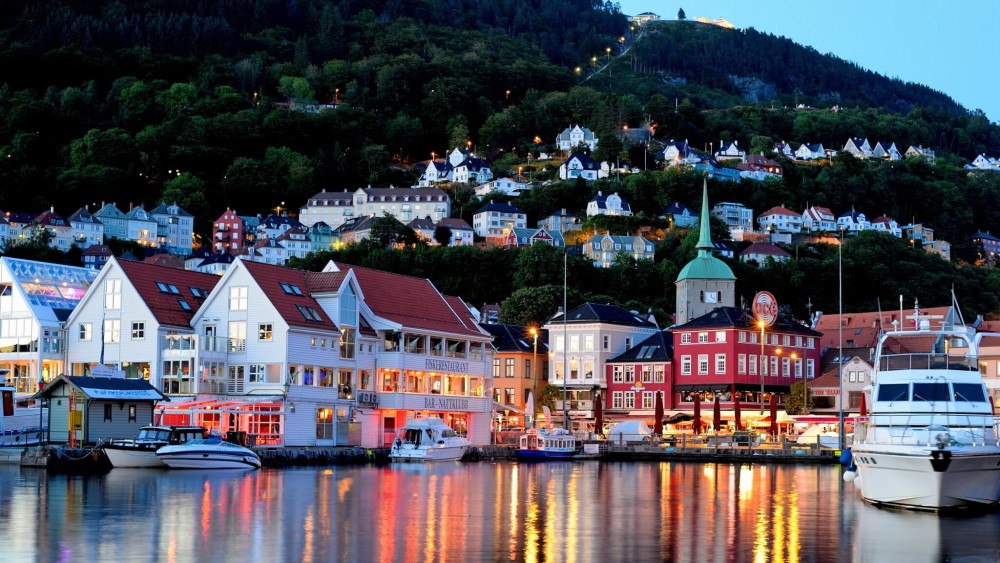
The southern shores of the Baltic offer a different kind of diversity: from attractive and secluded harbours surrounded by pine trees and sand dunes on the one hand to large, commercial harbours fronting bustling cities on the other. All offer fascinating cultural insights into countries that are not so frequently visited by tourists, and even less so by sea, yet the sea is in the lifeblood of these ports and cities.
Read moreTheir maritime narrative extends back through numerous political and trading dynasties to the development of the Hanseatic League 500 – 600 years ago and to the voyages and conquests of the Vikings some 500 years before that. For larger sailing yachts, access to the Baltic will be from the North Sea, around Denmark via Skagerrak and Kattegat. The Kiel Canal, accessible in the west at Brunsbuttel on the Elbe, shortens the route significantly for motor yachts and smaller sailing yachts but has a lowest bridge clearance of 40m / 130ft.
From there onwards, the choice is almost limitless. To get passage planners thinking about the possibilities, the text writer for Huisfit has sketched out three introductory cruising options.
Two feature well-established Baltic routes while the third, by contrast, is a Norwegian Sea adventure for the more intrepid. Potential stop-over ports and anchorages in many of these areas are numerous; time spent over charts and pilot books, and discussions with to those who have already cruised the region, will be well rewarded.
As a footnote, it will not have escaped readers’ attention that the passage to and from Scandinavian waters through the North Sea would place their yacht within easy reach of the Royal Huisman shipyard.
If a Baltic cruise appeals, or simply a comprehensive private tour of the shipyard locations in Amsterdam and/or Vollenhove with your guests, why not talk to the team about integrating it with a planned refit at Huisfit?
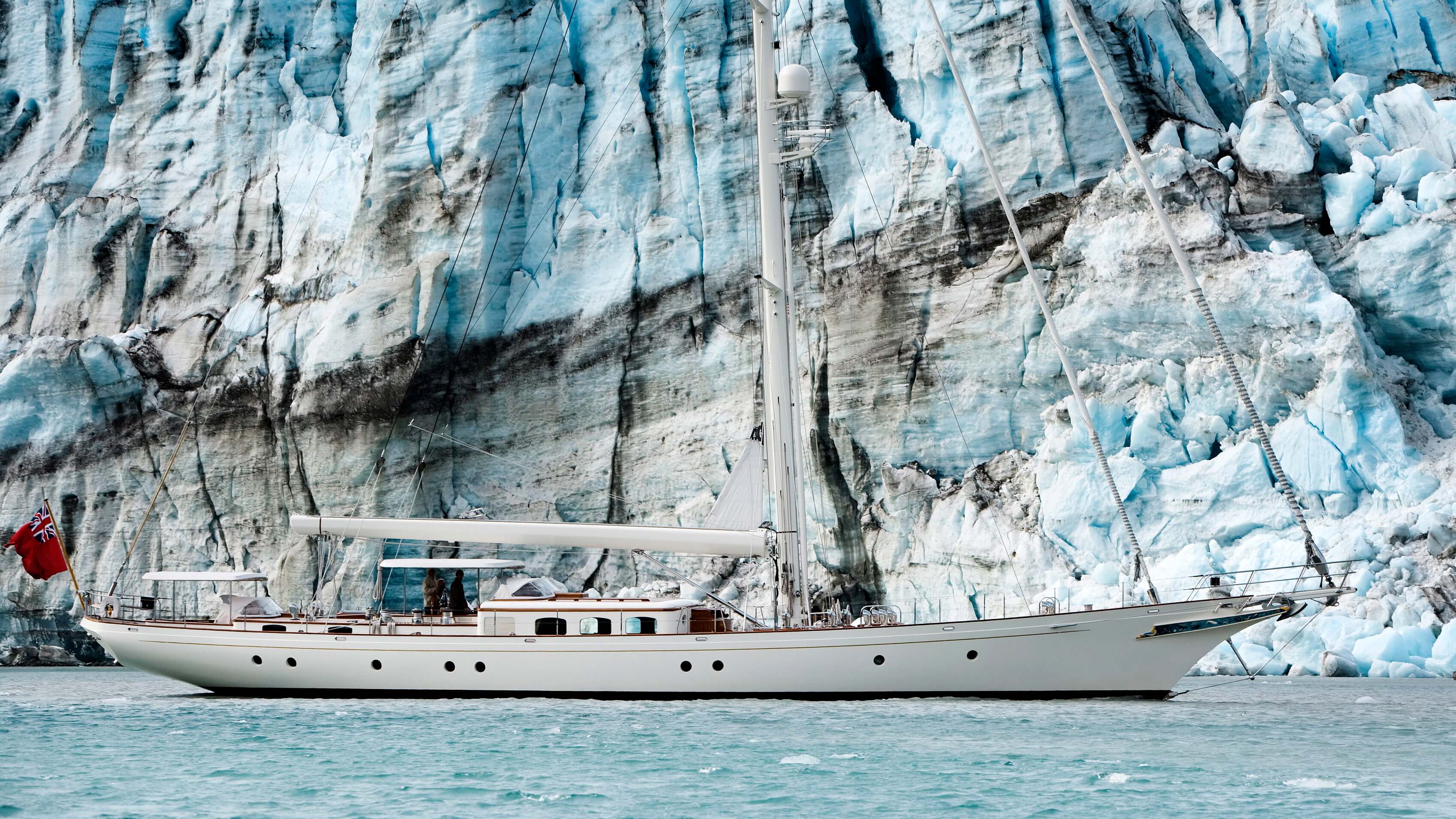
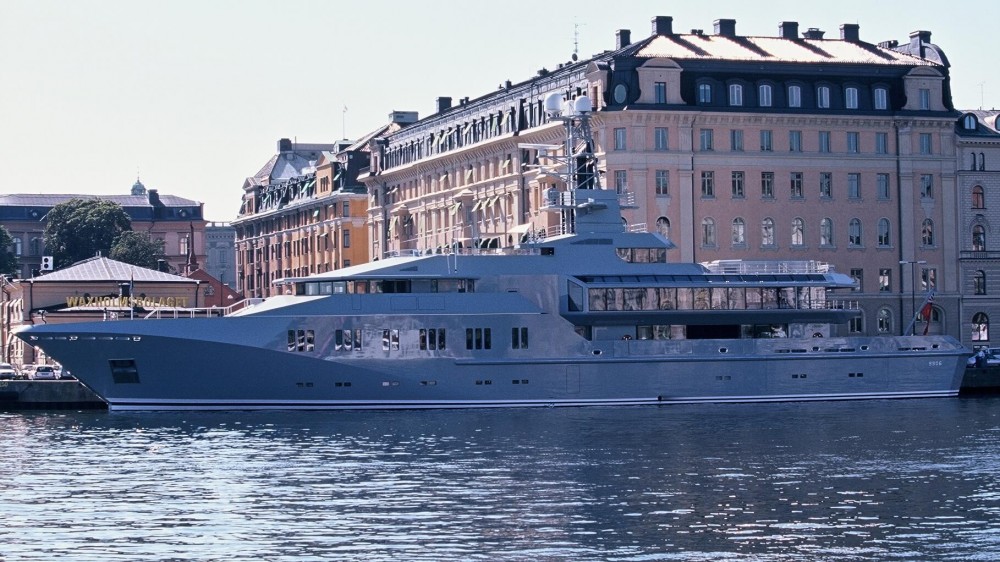
Cruise 1: Copenhagen, Finnish Archipelago, East coast of Sweden
Embarking from and returning to Copenhagen, this is a delightful cruise of around 1200 nautical miles visiting ports and islands in Denmark, Finland and Sweden. First port of call is the Danish island of Bornholm. Legend has it that when God finished creating Scandinavia he was left with a little of the best of everything. He placed this in the most beautiful part of the Baltic to create Bornholm. Next is the Swedish island of Gotland, said to experience the region’s finest summer weather.
Read moreIts ancient port of Visby, with 13th century towers, is a fascinating place but can be very busy in the midsummer festival season. Heading NNE, the Finnish Archipelago, at the mouth of the Gulf of Finland, offers innumerable islands and options. Returning westwards lay the Finnish Aland Islands and, westwards again, the coast of Sweden where the city of Stockholm, the Kalmarsund straits and a huge variety of coastal cruising possibilities await on a southbound passage to round southern Sweden and return to Copenhagen.
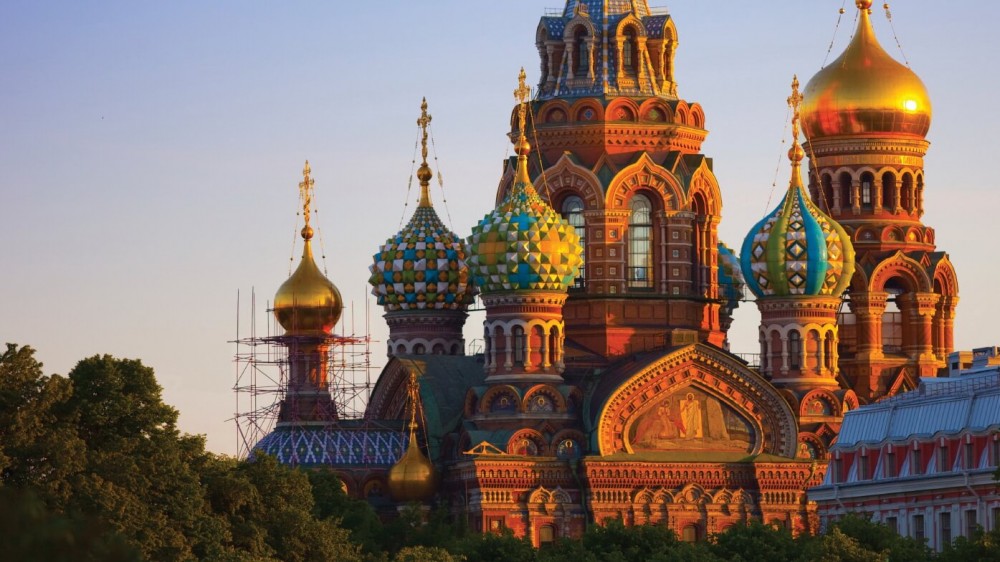
Cruise 2: Eastern Baltic Circuit
Opinions differ on the “best option” for undertaking this voyage to see the splendours of the Baltic – should it be in a clockwise or an anticlockwise direction? The argument for an anticlockwise cruise is that, since the ports on the southern shore are more widely spaced and have poorer facilities and communications than the Scandinavian islands to the north of them, it would be preferable to reserve access to those enhanced facilities for the homeward leg.
Read moreIn favour of a clockwise route is that it enables the main thrust of the voyage to be devoted to the wonderful Swedish and Finnish islands. Further considerations in planning this cruise of some 2000 nautical miles are, first, a reminder that those who have visited the southern ports, especially in Poland, have found a warm welcome in attractive and unspoiled places well away from the herd. Secondly, there is a further option to “island-hop” the larger islands of Bornholm, Gotland and Saaremaa on the outward or return leg.
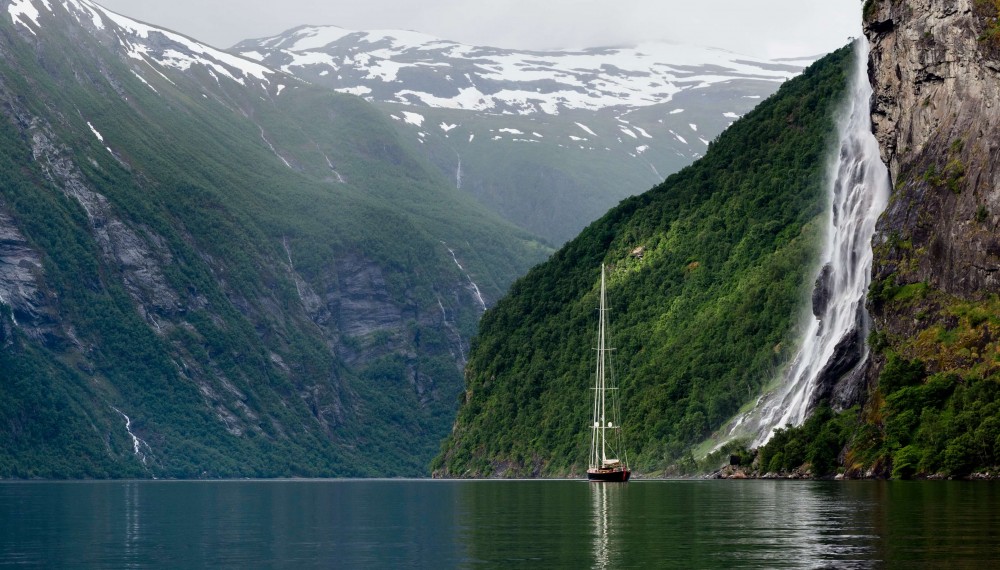
Cruise 3: The Norwegian coast and pristine Arctic wilderness
The full potential of this cruise includes not only the exploration of 1,000 miles or more of the dramatic western coast of Norway, but the option of a return passage of around 1,000 miles to visit the Norwegian archipelago of Svalbard (Spitsbergen) in the Arctic Circle. Self-evidently, this is as much an expedition as a cruise – it requires careful planning, self-sufficiency and good seamanship.
Read moreAlthough only 600 miles from the North Pole, Svalbard benefits from the influence of the Gulf Stream and remains largely ice-free in summer – although this cannot always be guaranteed. The rewards are infinite: the first hand experiences of stark and rugged beauty, of near-pristine wilderness, of sea life and wildlife that few other humans will ever see.
